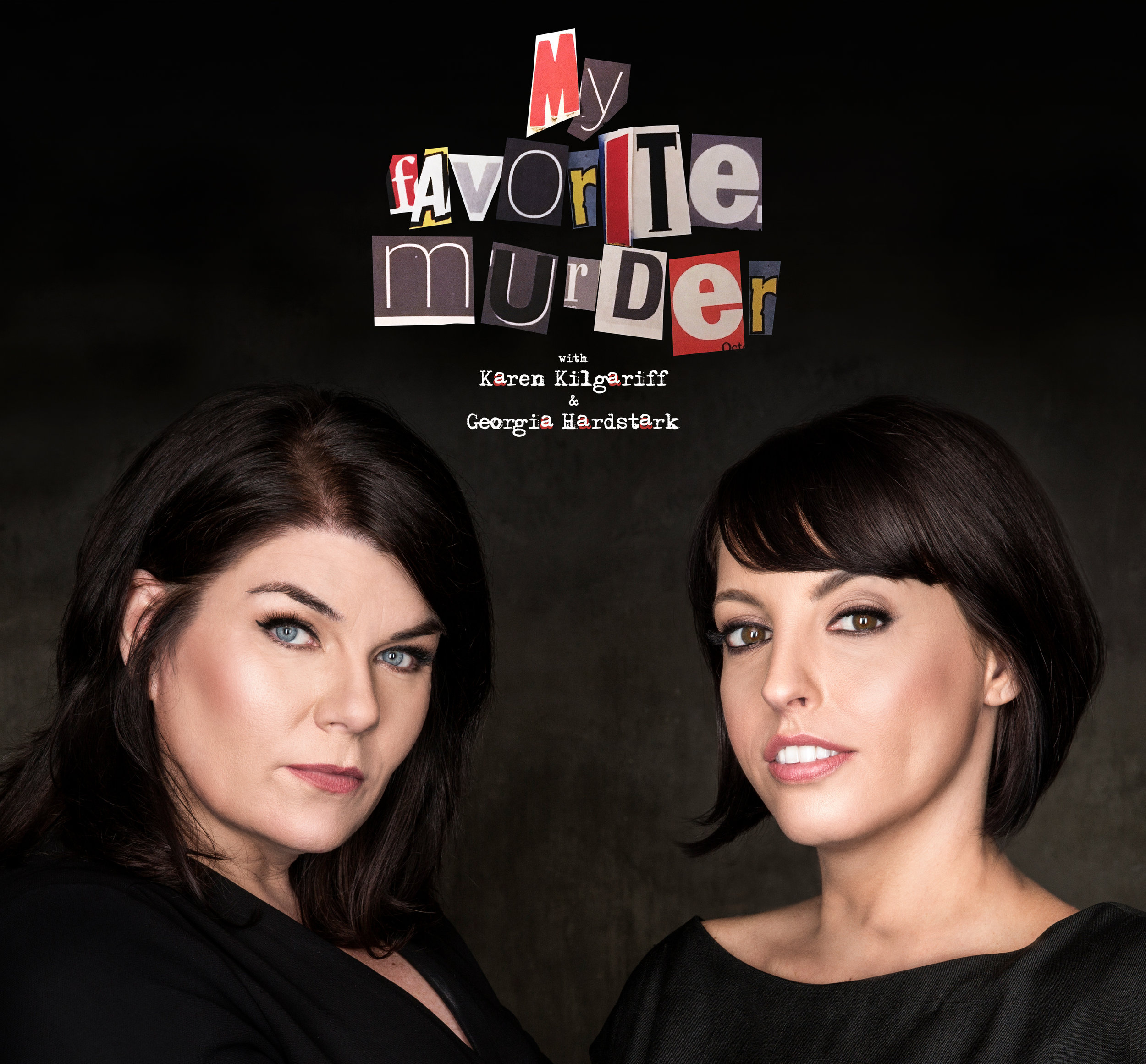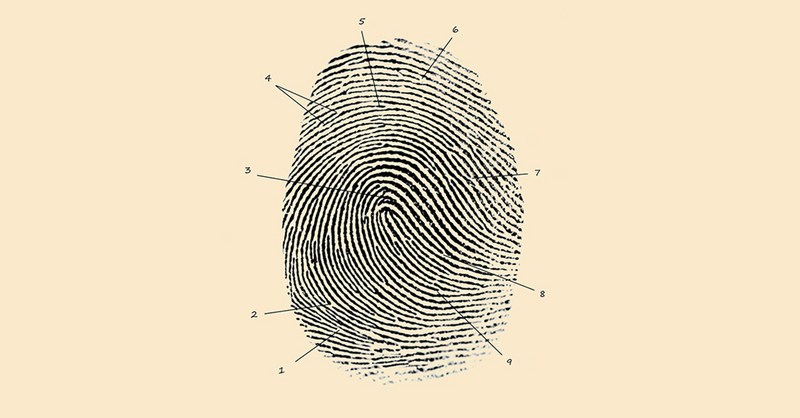“Stay sexy and don’t get murdered.” Those are the words that end every episode of one of the most popular true-crime podcasts in the world, “My Favorite Murder”. The
Every week the two hosts pick a murder, often a rarely covered one, to joke and banter about. Their largely female fanbase, who call themselves “Murderinos,” love the podcast for its unserious take on serious crimes, however, in the recent tragedy-filled months, this approach to death has faced a sort of reckoning.

“My Favorite Murder” is not the first podcast to take such an approach to speaking about violent crime. “Last Podcast on the Left”, a true-crime podcast that focuses on serial killers and government conspiracies, was created in 2011 and can also be credited with this new boom. They would make fun of each killer they covered like schoolyard bullies, as a way to dress them down and take away their power, however, this tactic also humorized the tragic ends to their victims’ lives.
The podcast was not only known for its gross-out humor, but also the ways they would go into the gruesome details of each case. Gruesome details, and which ones to include, have created a ton of controversy in the true-crime podcasting world. Take for example the podcast “Sword and Scale”, a podcast that each week covers a new murder or violent crime case, and goes into every detail imaginable. The tagline of the show is “No crime is too brutal and no victim is too pure.”
The idea of a “pure victim” has come up a lot recently in true crime coverage. Since the killings of Ahmaud Arbery and George Floyd, as well as the ensuing protests that followed, the true-crime world has begun to speak frankly about which types of victims get covered. In 2010, the phrase “Missing White Woman Syndrome” was created to describe the way the media focuses mainly on white, female, upper-middle-class victims over everyone else.
This idea can not be more apparent in modern true crime media where most victims are young, white women. The most “notorious” serial killers are the ones who killed white women and girls, while killers with non-white and non-female victims receive little to no coverage.
You would be hard-pressed to find a true-crime podcast that has not done an episode on the unsolved murder of Jon Benet Ramsey, however, the Atlanta Child Murders, where almost 30 black and brown children were murdered over three year period, is rarely covered in the industry. This is not to say that true crime podcasts are the end all-be all on which lives do or don’t matter. However, when an entire sector of the entertainment industry decides something is unimportant, it can have a large impact on the rest of society.
Death is, possibly, the sorest subject imaginable, and violent murders by serial killers are no exception. The true-crime podcasting boom has shown that there is some leeway to that idea. As the world becomes more ridden with tragedy, maybe the best thing to do in all of it is find a way to laugh.






1 Comment